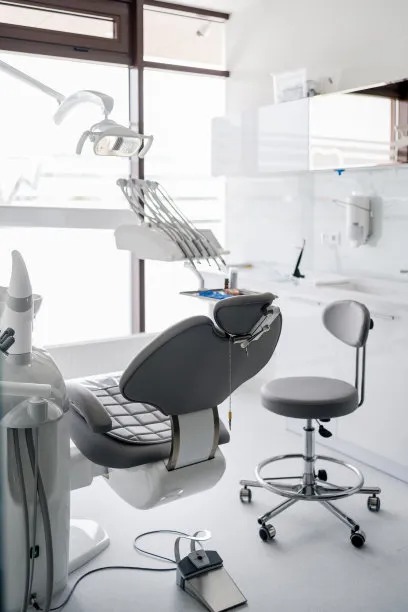The Comprehensive Guide to Safely Extracting a Tooth for Optimal Dental Health and Recovery
Summary: Extracting a tooth safely is crucial for both immediate relief and long-term oral health. This comprehensive guide outlines essential steps for preparation, the extraction process, post-operative care, and signs of complications. By understanding these aspects, individuals can approach tooth extraction with confidence, ensuring optimal recovery and minimizing the risk of further dental issues. Following this guide can also enhance overall dental health, providing a solid foundation for future oral care.
1. Preparing for the Tooth Extraction

Preparation is essential before undergoing a tooth extraction. It begins with a thorough consultation with your dentist, who will assess the condition of your tooth and overall dental health. This initial evaluation may involve X-rays to understand the tooth’s position and root structure better. Ensuring that your dentist has full knowledge of your medical history is crucial, as certain medical conditions or medications could affect the extraction procedure.
Once cleared by the dental professional, proper oral hygiene must be maintained leading up to the extraction day. Brushing and flossing will reduce the chances of infection and promote healing. Additionally, its advisable to avoid taking any blood-thinning medications unless directed by your healthcare provider, as these can complicate the extraction process.
Finally, plan for post-extraction care before the procedure. Make arrangements for someone to drive you home, as sedatives or anesthetic may impair your ability to drive. Consider having soft foods and ice packs ready at home to facilitate a smooth recovery post-extraction.
2. Understanding the Extraction Process
The extraction process varies based on the complexity of the tooth and the type of anesthesia used. For simple extractions, local anesthesia is typically administered, numbing the area around the tooth. In contrast, surgical extractions may require general anesthesia, particularly for impacted teeth. Understanding the type of anesthesia you will receive can help alleviate any anxiety about the procedure.
Your dentist will carefully loosen the tooth from its socket using specialized instruments. In the case of impacted teeth, the gum and bone may need to be removed for successful extraction. It is essential to remain as relaxed as possible during this process, as tension can complicate the extraction. Communication with your dentist is key; raise any concerns or discomfort during the procedure.
Once the tooth is extracted, your dentist will provide guidance on immediate care to minimize bleeding and promote healing. This may include biting down gently on gauze to help form a blood clot over the extraction site. Understanding these steps can significantly affect your overall experience and recovery.
3. Post-Extraction Care and Recovery
After the extraction, following post-operative care instructions is critical for optimal recovery. Patients are usually advised to rest and avoid strenuous activities for at least 24 hours. Elevating the head while resting can help reduce swelling and promote healing. Additionally, the first few days should prioritize a diet of soft foods, avoiding anything too hot, crunchy, or spicy.
Swelling and discomfort are common after tooth extraction. Using ice packs on the face near the extraction site can help manage swelling. Over-the-counter pain medications can also be effective, but any severe pain should be discussed with your dentist. Remember to stay hydrated but avoid using straws, as suction can dislodge the clot forming in the socket.
Regular follow-ups with your dentist are crucial to monitor the healing process. Knowing what signs of infection to watch for can empower patients to seek timely intervention. Red flags include persistent pain, swelling that worsens over time, or discharge from the extraction site.
4. Recognizing Complications and When to Seek Help
Despite best efforts, complications can arise after tooth extraction. One common issue is dry socket, where the blood clot fails to form properly or becomes dislodged, exposing the bone. If pain intensifies several days after the extraction, it is essential to contact your dentist immediately. Dry socket can be quite painful and may require further treatment to alleviate symptoms.
Infections are another concern following an extraction. Signs of infection include fever, worsening pain, or pus at the site. Prompt medical attention is necessary to address infections effectively, typically involving antibiotics and possibly additional cleaning of the area.
Maintaining open communication with your dentist throughout your recovery is important to address any concerns you may have. Being aware of potential complications can help you manage your health proactively and ensure a smooth recovery.
Summary: Safe tooth extraction is a multi-faceted process involving careful preparation, understanding the extraction procedure, diligent post-operative care, and awareness of potential complications. By following these comprehensive guidelines, patients can achieve optimal dental health and recovery, leading to fewer issues in the future.
This article is compiled by Vickong Dental and the content is for reference only



